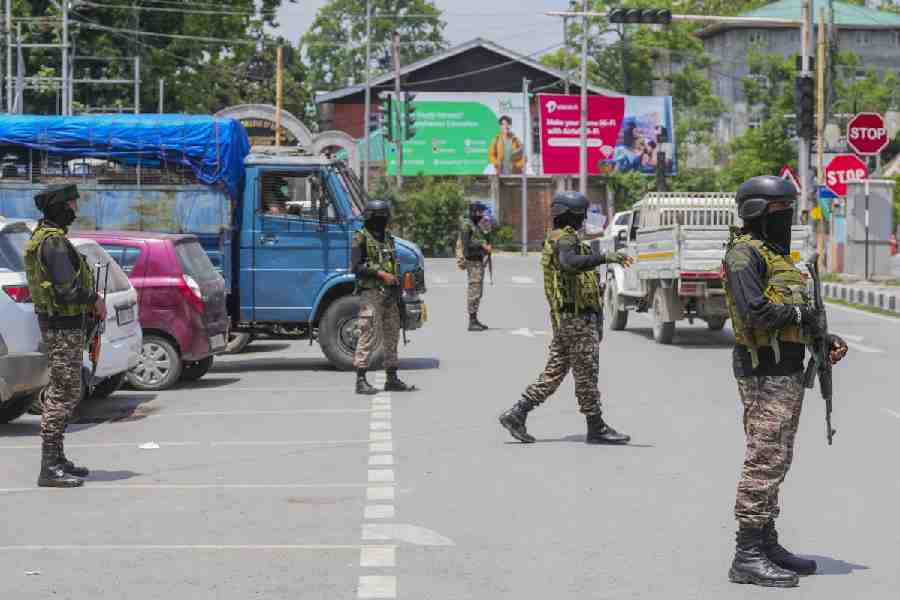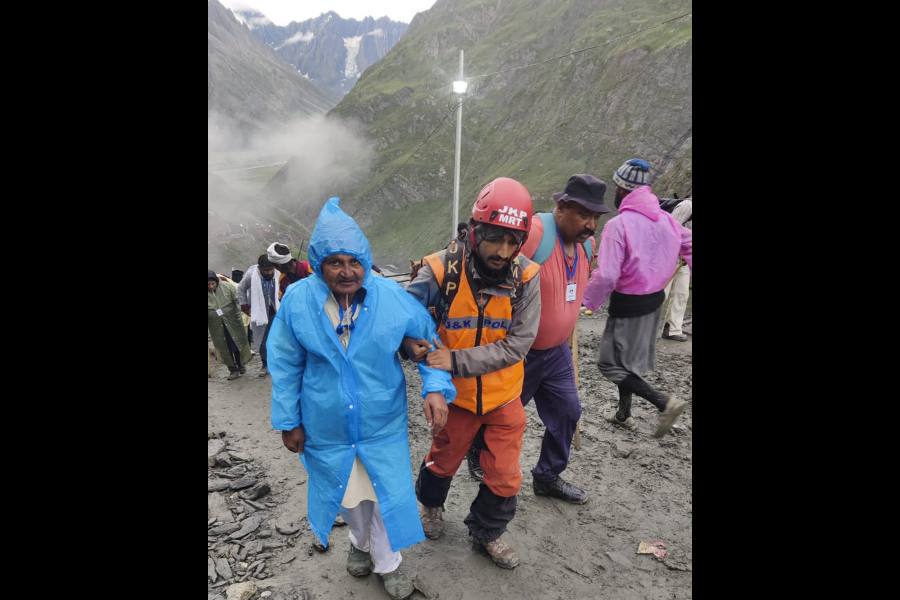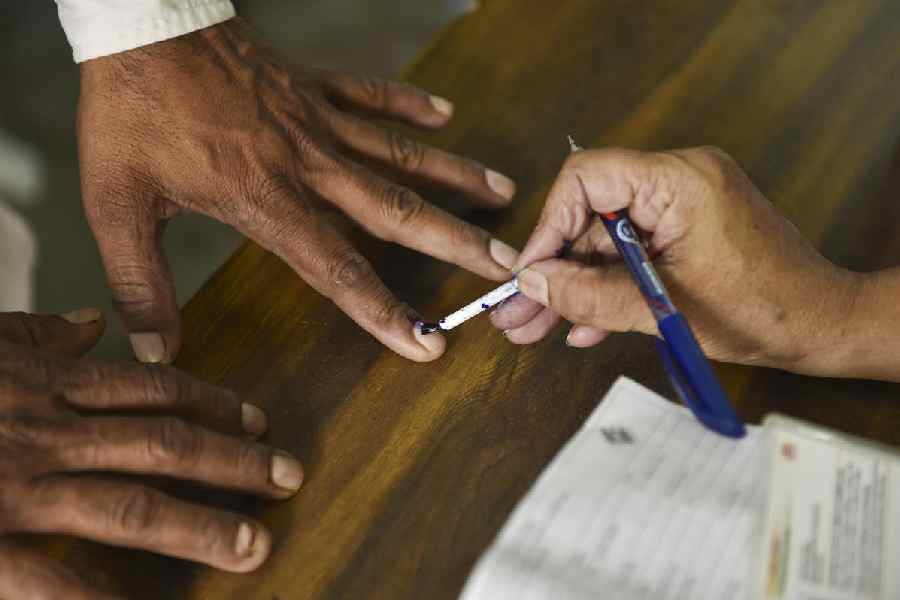 |
| An inundated lighthouse on the Andaman coast a year after the tsunami struck |
The next time there is an earthquake in the Indian Ocean and a tsunami builds up, a high-pitched siren will be sounded across the Sunderbans. The Hooghly delta, threatened by climate change, has become a part of the country’s tsunami prediction network.
On Friday, three points in the Sunderbans were connected with the central network of the Indian National Centre for Ocean Information Service, under the Union ministry of earth sciences.
The centre is the designated agency for issuing tsunami warnings in the country. Using satellite and mobile technologies, it is supposed to warn both disaster management agencies and the common people within half an hour of an earthquake in the Indian Ocean that has the potential to trigger tsunamis.
Apart from the fishing harbours of Kakdwip, Namkhana and Frasergunj in the Sunderbans, Shankarpur and Petuaghat near Haldia have also been made a part of the warning system.
“We started the system in September 2007 and are capable of issuing a preliminary warning within 10 minutes of an earthquake occurring in the Indian Ocean. Follow-up warnings will be sounded after a more comprehensive analysis of the data within 20 to 30 minutes of an earthquake and are expected to provide people reasonable time to evacuate,” said S.S. Senoi, the director of the centre, told Metro at the inauguration of the Kakdwip facility.
Millions were affected and thousands killed in the countries around the Bay of Bengal by the tsunami waves in December 26, 2004.
“Not only tsunamis, the new system will also warn people of cyclones or tropical storms like the Aila. The height of waves and their nature would be displayed in specially designed electronic boards,” said Sugata Hazra, the director of the School of Oceanographic Studies in Jadavpur University. The boards would be maintained by the university.
When not predicting disasters, the technology would be harnessed to inform the local fishing community in local language of the areas in the sea where large numbers of fish are present.
“The fish catch has diminished as a consequence of various factors, including climate change. The new system would be a boon for fishermen,” added Hazra.
More than 100 fishermen have been trained to use the global positioning system (GPS) to reach a particular spot in the sea. Those not comfortable with GPS will be issued directions on the basis of “landmarks” in the sea.










